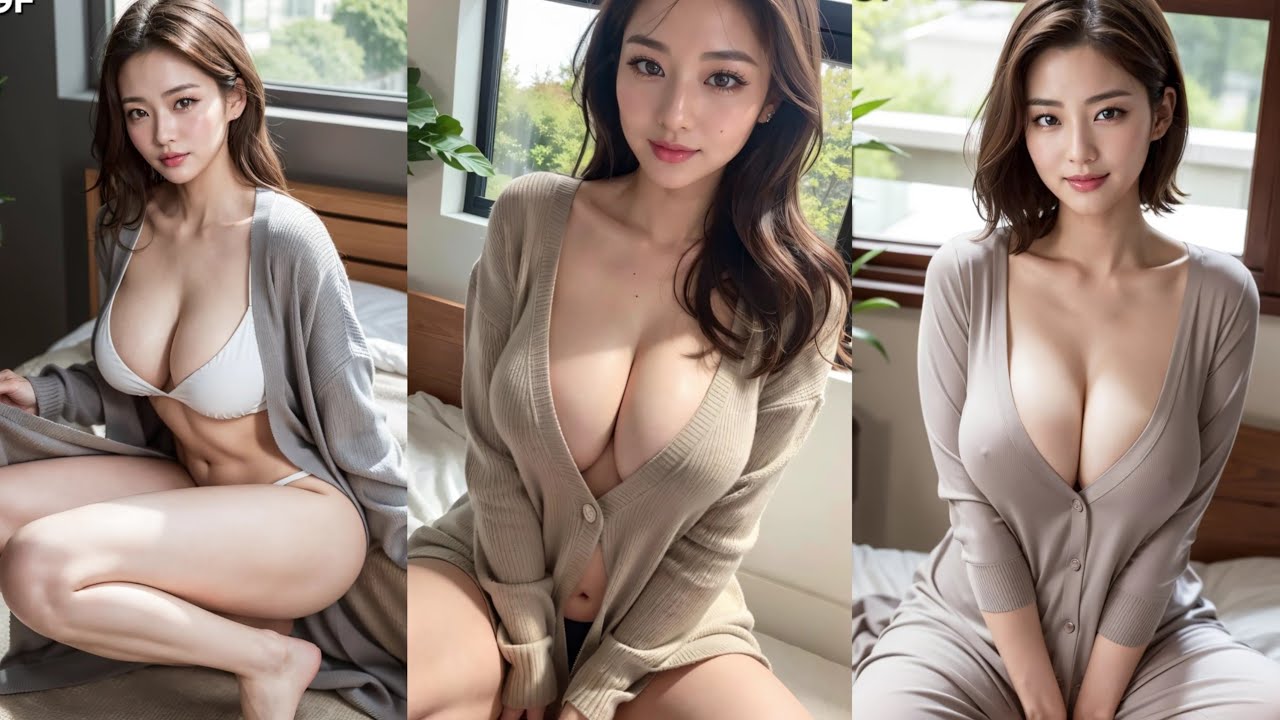The debate between AI nude filters and traditional photography techniques continues to evolve in the realm of adult content creation. This comparative review examines the advantages, limitations, and aesthetic differences between AI-driven filters and traditional methods. Readers will gain insights into how each approach influences artistic expression, image quality, and creative workflows. By exploring these perspectives, individuals can discern the optimal balance between technological innovation and traditional craftsmanship in achieving their creative visions.
Understanding AI Nude Filters
AI nude filters are sophisticated algorithms designed to automatically detect and censor nudity in digital content. These filters operate by analyzing images or videos pixel by pixel, identifying specific patterns, shapes, and skin tones associated with naked bodies. By leveraging machine learning models trained on extensive datasets, AI algorithms can accurately differentiate between explicit and non-explicit content, helping to enforce community guidelines on social media platforms and other digital environments. The technology behind AI nude filters continues to evolve, incorporating advancements in deep learning and computer vision to enhance detection accuracy and efficiency.
AI nude filters serve a crucial role in safeguarding user privacy and maintaining online safety by automatically flagging or blurring sensitive content before it reaches the public domain. Despite their utility, challenges such as false positives and ethical concerns surrounding censorship remain prominent, prompting ongoing discussions about the balance between digital protection and freedom of expression in the digital age.
Advantages of AI Nude Filters
AI nude filters offer several advantages in the realm of digital content moderation and privacy protection:
- Enhanced Privacy:
- Automatically detects and censors nudity in images and videos, protecting user privacy and preventing unauthorized sharing of sensitive content.
- Provides users with greater control over their digital footprint on social media platforms and other online environments.
- Efficiency in Content Moderation:
- Streamlines the process of content moderation by quickly identifying and handling explicit material.
- Reduces the workload for human moderators, allowing them to focus on more complex issues and community management tasks.
- Scalability:
- Can process large volumes of content rapidly, making them suitable for platforms with millions of uploads daily.
- Ensures consistent enforcement of nudity policies across diverse user-generated content.
AI nude filters represent a proactive approach to maintaining online decency and safety, leveraging advanced technologies to address growing concerns around digital privacy and content integrity. However, ongoing developments are necessary to improve accuracy, mitigate ethical concerns, and adapt to evolving user expectations and regulatory landscapes.
Challenges and Limitations of AI Nude Filters
|
Challenge |
Description |
Impact |
|
Accuracy Concerns |
AI nude filters may produce false positives, flagging non-explicit content as explicit, or false negatives, missing explicit content. |
Compromises user experience and platform credibility; requires manual intervention for validation. |
|
Ethical Implications |
Issues arise regarding censorship, privacy infringement, and cultural sensitivities in different regions and communities. |
Raises concerns about freedom of expression and fairness in content moderation; necessitates nuanced algorithmic adjustments. |
|
Technical Limitations |
The effectiveness of AI filters can be limited by evolving digital manipulation techniques and varying image quality standards. |
Requires continuous updates and improvements to adapt to changing digital landscapes and user behaviors. |
- Accuracy Concerns:
- False positives and false negatives impact user trust and satisfaction.
- Requires human oversight and adjustment to maintain reliability.
- Ethical Implications:
- Raises questions about cultural sensitivity and appropriate content moderation.
- Balancing privacy rights with the need for digital safety and decency.
- Technical Limitations:
- Vulnerable to advanced digital manipulation techniques.
- Needs ongoing development to keep pace with evolving digital environments.
Navigating these challenges is crucial for AI nude filters to effectively contribute to online safety and content moderation without compromising user trust or ethical standards.
Traditional Photography Techniques in Nude Photography
Traditional photography techniques in nude photography encompass a rich history of artistic expression and technical craftsmanship. From the early days of film photography to modern digital imaging, photographers have employed various methods to capture the human form with sensitivity and creativity. Unlike AI nude filters, which rely on automated algorithms, traditional photographers emphasize manual control over composition, lighting, and post-processing techniques.
This hands-on approach allows photographers to cultivate a unique style and aesthetic vision, shaping the emotional impact and narrative depth of their photographs through personal engagement with subjects and settings. By integrating technical skill with artistic intuition, traditional photography techniques continue to play a significant role in portraying nudity as a form of artistic expression and human beauty.
Advantages of Traditional Photography Techniques
Traditional photography techniques offer several distinct advantages in the realm of nude photography:
- Artistic Integrity:
- Emphasizes the personal style and vision of the photographer.
- Allows for creative control over composition, lighting, and framing.
- Connection with the Subject:
- Builds rapport and trust between the photographer and the subject.
- Captures genuine emotions and expressions, enhancing the authenticity of the images.
- Tactile Engagement:
- Involves physical manipulation of cameras, lenses, and film (or digital sensors).
- Enhances the tactile experience of creating photographic art, fostering a deeper connection with the medium.
- Creative Flexibility:
- Enables experimentation with different photographic techniques and styles.
- Provides opportunities for innovation and adaptation in response to artistic inspirations and technical challenges.
Traditional photography techniques not only preserve the art of capturing nude photography but also enrich the medium with individual creativity, emotional resonance, and technical mastery. These qualities distinguish traditional approaches from automated solutions like AI nude filters, highlighting the enduring appeal and cultural significance of human-centric photographic practices.
Challenges and Limitations of Traditional Photography
Traditional photography techniques in nude photography come with their own set of challenges and limitations:
- Technical Skill Requirement:
- Mastery of equipment such as cameras, lenses, and lighting setups is essential.
- Requires continuous learning and adaptation to new technologies and techniques.
- Privacy Concerns:
- Balancing artistic freedom with ethical considerations regarding the privacy and consent of subjects.
- Navigating legal and social boundaries in portraying nudity respectfully and responsibly.
- Cost and Resources:
- Investment in quality photography equipment and studio space can be substantial.
- Expenses for film, processing chemicals, and digital storage add to the overall cost of production.
- Time-Intensive Process:
- Shooting, developing film, and post-processing digital images can be time-consuming.
- Requires patience and meticulous attention to detail to achieve desired results.
Navigating these challenges requires dedication, technical proficiency, and a deep understanding of ethical considerations in nude photography. Despite these limitations, traditional photography techniques continue to uphold artistic integrity and emotional depth in portraying the human form.



